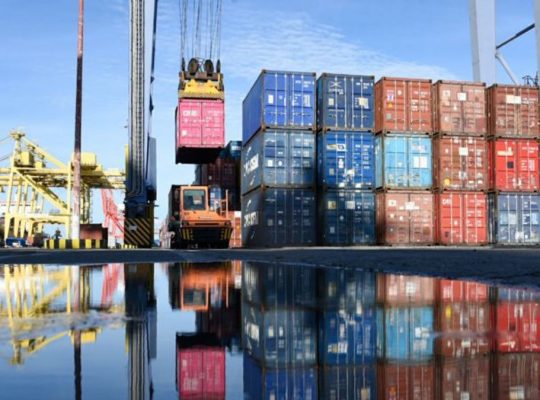With the global shift towards renewable energy, the demand for efficient solar panel systems has never been higher. Central to the construction of these systems is silica sand, a key component in manufacturing the silicon used in photovoltaic (PV) cells. Indonesia, known for its vast natural resources, plays a critical role in this sector with its quality silica sand reserves. This blog post explores how Indonesian silica sand contributes to the solar panel industry and why its sustainable exploitation is crucial for meeting the growing energy needs responsibly.
Indonesia boasts some of the world’s largest reserves of silica sand. With extensive deposits located primarily on the islands of Sumatra and Borneo, the country is well-positioned to become a leading supplier of this valuable resource. The high-quality and purity of Indonesian silica sand make it ideal for producing the grade of silicon needed for solar cells.
Solar panels are made from cells composed of silicon, which converts sunlight into electricity. The process of manufacturing these cells starts with silica sand, which is refined into silicon through a series of complex processes involving heating and chemical reactions. The conversion efficiency of a solar panel is heavily dependent on the purity of the silicon used in its photovoltaic cells. This highlights the indispensable role that high-quality silica sand plays in the expansion and efficiency of solar power technology.
Sustainability Challenges and Innovations
The extraction of silica sand, if not managed properly, can lead to environmental degradation including soil erosion, loss of biodiversity, and pollution of waterways. Recognizing these risks, Indonesia is taking strides towards implementing sustainable mining practices:
1. Regulated Mining Practices
The Indonesian government has set regulations to manage silica sand mining more sustainably. Permit systems and regular monitoring ensure that mining companies comply with environmental standards, helping to mitigate the negative impacts of extraction activities.
2. Reclamation Efforts
Post-mining land reclamation is becoming a standard practice. Mining areas are rehabilitated to their natural state or transformed into public spaces and agricultural land, ensuring that the environment is preserved for future generations.
3. Community Engagement
Engaging local communities in the planning and decision-making processes for silica sand mining projects ensures that the benefits of mining are shared. This includes creating jobs, improving local infrastructure, and providing education on environmental conservation.
4. Research and Development
Investment in R&D is crucial for improving the efficiency of silica sand extraction and processing techniques. Innovations that reduce energy consumption and minimize waste production are vital for sustainable growth in the sector.
Economic Impact and Global Opportunities
Indonesia’s silica sand not only supports the domestic growth of the solar industry but also presents significant export opportunities. As countries around the world increase their investments in renewable energy, the demand for high-quality silicon will surge, positioning Indonesia as a key player in the global market.
The role of Indonesian silica sand in the solar panel industry exemplifies how natural resources, when managed responsibly, can significantly contribute to global sustainable development goals. By adhering to environmental standards, investing in community welfare, and fostering innovations, Indonesia is not just capitalizing on its natural assets but is also helping power the world’s transition to renewable energy.
As stakeholders and consumers become more environmentally conscious, the focus on sustainable practices across all sectors, including raw materials like silica sand, proves crucial. Supporting these initiatives not only helps protect our planet but also ensures a stable supply of materials critical to our clean energy future.










